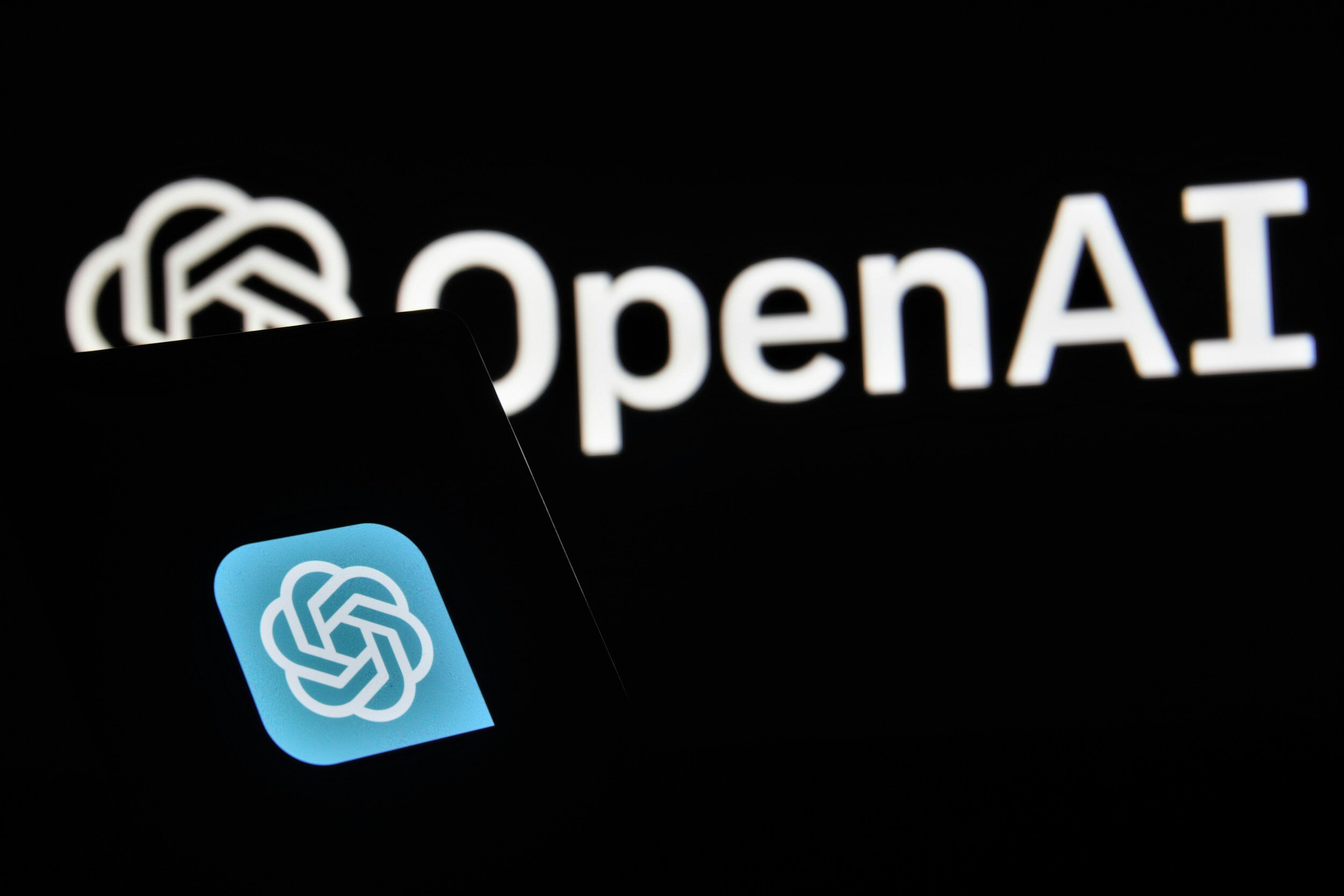
Integrate GPT in SaaS services
Integrating GPT into SaaS services means adding AI capabilities to automate tasks, enhance user interaction, and analyse data for better decision-making.
Introduction:
GPT (Generative Pre-trained Transformer) is an advanced language model that has
revolutionized the field of natural language processing (NLP). With its ability to generate high-
quality text and understand complex language structures, GPT has opened up new possibilities
for developing intelligent software applications. In this case study, we will explore the
integration of GPT into SaaS (Software as a Service) products to create high-intelligence
services.
Case Study:
Consider a scenario where a company wants to develop a SaaS product that offers advanced
language processing capabilities to its customers. The company wants to leverage the power
of GPT to develop intelligent services that can understand natural language and generate high-
quality text.
The first step is to identify the use cases for the SaaS product and the features that need to be
integrated with GPT. For example, the SaaS product may include a chatbot that can
understand and respond to customer inquiries, or it may include a content generation tool that
can generate high-quality text for marketing materials or social media posts.
The company then selects a GPT model that is suitable for its use cases and integrates it into
the SaaS product. This involves integrating the GPT model with the SaaS platform’s backend
and developing custom interfaces that allow users to interact with the GPT-powered services.
To ensure the accuracy and reliability of the GPT-powered services, the company trains the
GPT model on a large dataset of relevant language data. This training process involves feeding
the GPT model with a large corpus of text data and fine-tuning it to understand the nuances of
language and generate high-quality text.
The company also develops advanced algorithms and techniques that can improve the
accuracy and efficiency of GPT-powered services. For example, the company may develop
algorithms that can identify and correct grammatical errors in text generated by the GPT
model, or it may develop techniques to improve the quality of language translation services.
To ensure the security and privacy of user data, the company implements advanced security
measures and protocols that protect user data from unauthorized access or misuse. This
includes implementing encryption protocols, secure data storage, and access controls.
Finally, the company tests the GPT-powered services on a sample of users to ensure that they
are reliable, accurate, and user-friendly. The company also collects feedback from users and
uses this feedback to improve the quality and features of GPT-powered services.
Conclusion:
Integrating GPT into SaaS products can enable companies to develop high-intelligence
services that can understand and generate natural language text. By training GPT models on
large datasets and developing advanced algorithms and techniques, companies can improve
the accuracy and efficiency of GPT-powered services. However, it is important to note that the
integration of GPT raises privacy and security concerns, and companies must ensure that user
data is protected from unauthorized access or misuse.

Empowering Innovation, Crafting the Future:
Together, we build next-generation AI systems for a brave new world.”
Optimize your operations with Brave AI Lab’s cutting-edge AI service trusted by over 10+ satisfied clients for innovation and efficiency.
contact@braveailab.com, social@braveailab.com
career@braveailab.com
Mon to Sat, 9.00 am to 7:00 pm

